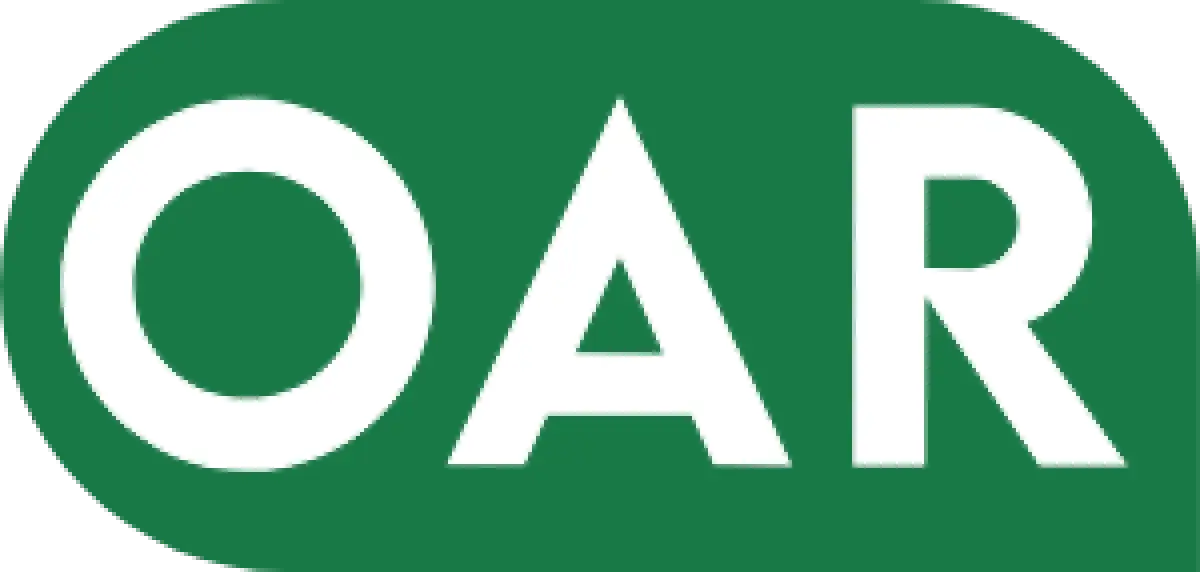What is the Equation for Net Accounts Receivable?
Jul 09, 2024

This metric provides a realistic snapshot of the money your company expects to collect from its customers after accounting for potential bad debts. There is a straightforward yet vital formula to arrive at this all-important number.
Understanding this equation is key to effective accounts receivable management for business owners seeking financial clarity.
In this article, we will delve into the equation for net accounts receivable, break down its components, and explain its significance in maintaining accurate financial records.
The Equation for Net Accounts Receivable
The equation for net accounts receivable is an essential tool for evaluating the true value of a business's receivables. It begins with the gross accounts receivable - the total amount billed to customers. However, not all billed amounts are expected to be collected due to potential bad debts. This is where the allowance for doubtful accounts comes into effect.
By subtracting this allowance from the gross accounts receivable, we arrive at the net accounts receivable. The formula can be succinctly expressed as:
Net Accounts Receivable = Gross Accounts Receivable - Allowance for Doubtful Accounts
Here is the step-by-step calculation:
- The calculation of net accounts receivable begins with identifying the total gross accounts receivable, which represents the full amount due from customers. You can find it on the balance sheet within a company's annual report or quarterly financial statements.
- Next, determine the allowance for doubtful accounts - an estimate of receivables unlikely to be collected due to customer defaults or other uncertainties. This allowance is typically based on historical data, assessments of customer creditworthiness, and prevailing economic conditions. Methods for estimating the allowance include the percentage of sales method, ageing of accounts receivable method, or a combination of both, depending on the business's specific circumstances.
For example, if a company has £100,000 in gross accounts receivable and estimates a 5% allowance for doubtful accounts, the calculation would be:
Allowance for Doubtful Accounts = £100,000 × 5% = £5,000
- Once the allowance is determined, subtract it from the gross accounts receivable to find the net accounts receivable.
In our example:
Net Accounts Receivable = £100,000 - £5,000 = £95,000
A common mistake is underestimating the allowance for doubtful accounts, which can inflate the net accounts receivable figure. Another pitfall is failing to update the allowance regularly, leading to outdated and inaccurate financial data. Ensuring that all receivables are correctly accounted for in the gross figure is also crucial.
Contact Our Expert Team to Optimise Your Accounts Receivables Management
Components of Net Accounts Receivable
Net accounts receivable comprises two main components: gross accounts receivable and the allowance for doubtful accounts.
Gross Accounts Receivable
Gross accounts receivable represents the total amount of money owed to a business by its customers for goods or services delivered but not yet paid for. It is calculated by summing up all outstanding invoices at a given point in time.
For instance, if a company has issued invoices amounting to £100,000 and has received payments totalling £30,000, the gross accounts receivable would be £70,000. This figure does not take into account any potential losses from uncollectible debts. Examples of gross accounts receivable include unpaid invoices for sales, services rendered on credit, and any other outstanding amounts due from customers.
Consider a retail company that sells products on credit. If it has issued invoices worth £50,000 over a month and hasn't received any payments yet, the entire £50,000 is considered its gross accounts receivable.
Another example is a consulting firm that bills clients at the end of a project; if £20,000 is billed and unpaid, this amount is part of the firm's gross accounts receivable. It's important to note that gross accounts receivable provide a snapshot of potential revenue but do not account for non-payment risk.
Allowance for Doubtful Accounts
The allowance for doubtful accounts is a financial estimate used to predict the portion of gross accounts receivable that may not be collected. Its primary purpose is to provide a realistic view of a business's expected cash inflows by accounting for potential bad debts. Estimating this allowance involves analysing historical data on credit losses, customer creditworthiness, and current economic conditions.
For instance, under the percentage of sales method, a company might determine that historically, 2% of its credit sales are uncollectible. If the company has £100,000 in credit sales, it would set aside £2,000 as the allowance for doubtful accounts.
Alternatively, the ageing of accounts receivable method involves categorising receivables by their age and applying different percentages of uncollectibility to each category. For example, 30 days past due receivables might have a 1% uncollectibility rate, while those over 90 days might have a 10% rate.
Consider a business with £50,000 in receivables: £30,000 current, £15,000 30 days past due, and £5,000 90 days past due. Applying respective uncollectibility rates, the allowance might be calculated as follows:
£300 (1% of £30,000) + £1,500 (10% of £15,000) + £500 (10% of £5,000), totalling £2,300.
This allowance is subtracted from the gross accounts receivable to determine the net accounts receivable.
Factors Influencing Net Accounts Receivable
There are several factors that influence net accounts receivable.
- Customer credit policies
If a business adopts lenient credit policies, it may extend credit to a broader range of customers, including those with lower creditworthiness. While this can boost sales, it also increases the risk of uncollectible receivables, raising the allowance for doubtful accounts and subsequently reducing net AR. On the other hand, strict credit policies limit credit to only the most reliable customers, decreasing the risk of bad debts but potentially restricting sales growth.
- Collection practices
Efficient collection practices, such as timely invoicing, regular follow-ups, and clear payment terms, can significantly reduce the amount of doubtful accounts. By actively managing and pursuing outstanding receivables, businesses can improve their cash flow and maintain a higher net AR. Automated systems and dedicated collection teams can further enhance these practices, ensuring that receivables are collected promptly.
- Economic conditions
Customers may face financial difficulties during economic downturns, leading to delays or payment defaults. This increases the allowance for doubtful accounts and decreases net AR. Conversely, businesses and consumers are generally more financially stable in a thriving economy, enhancing the likelihood of timely payments and improving net AR.
Importance of Calculating Net Accounts Receivable
Calculating net accounts receivable is crucial for managing a business's cash flow, as it provides a realistic view of the funds expected to be collected from customers. By understanding net AR, businesses can better evaluate the effectiveness of their credit policies and make adjustments to minimise bad debts.
Accurate net AR calculations also inform strategic business decisions, such as whether to extend credit to certain customers or invest in more aggressive collection practices. Net accounts receivable is an important component of financial reporting and analysis, offering stakeholders a transparent picture of the company's financial health.
It helps assess liquidity, ensuring the business meets its short-term obligations. This figure is also essential for auditors and investors who rely on precise financial data to make informed decisions.
Best Practices for Managing Net Accounts Receivable
Below, we prepared points with several best practices of net accounts receivable management:
- One crucial aspect is maintaining an accurate allowance for doubtful accounts. This can be achieved by regularly reviewing historical data on bad debts, analysing customer payment behaviours, and adjusting the allowance accordingly. Incorporating real-time data and predictive analytics can also enhance the accuracy of these estimates.
- Improving collection rates is another key strategy. Businesses should establish clear payment terms, send timely invoices, and follow up promptly on overdue accounts. Implementing automated reminders and offering multiple payment options can also streamline the collection process and encourage timely payments.
- Accounting software, customer relationship management (CRM) systems, and AR management platforms can automate invoicing, track payments, and provide detailed analytics on receivables. These tools help identify delinquent accounts early and enable more efficient collection process management.
- Regular review and adjustment of the allowance for doubtful accounts are vital to ensure it reflects current economic conditions and customer creditworthiness. This periodic reassessment helps maintain accurate financial statements and prepare for potential cash flow issues.
- Outsourcing accounts receivable management to specialised firms is another option to bring expertise and efficiency to the process. These firms use advanced technologies and proven strategies to maximise collection rates and manage receivables more effectively.
Outsource Accounts Receivable to Streamline Collections
Conclusion
In summary, the equation for net accounts receivable is indispensable to any business's financial toolkit. Subtracting the allowance for doubtful accounts from the gross accounts receivable allows companies to accurately assess the actual receivables they expect to collect.
Accurate net accounts receivable figures provide valuable insights into the effectiveness of a company's credit policies and collection strategies. Understanding and applying this equation empowers businesses to identify potential risks associated with credit sales and take proactive measures to mitigate them.
 Author: Giles Goodman, Commercial Intervention Officer OAR
Author: Giles Goodman, Commercial Intervention Officer OAR
Giles Goodman is the definitive expert in cross-border commercial debt collection, mediation, legal recovery, and accounts receivable. Based in London, his 25 years of experience provide a global perspective on preventing defaults and efficiently managing overdue accounts. Giles’s insights and analyses empower business owners worldwide with strategic approaches to financial management and recovery.

Take control of your cash flow.
Streamline Vendor Onboarding & Boost Payments Worldwide.
Contact Us
OAR | Copyright 2025


